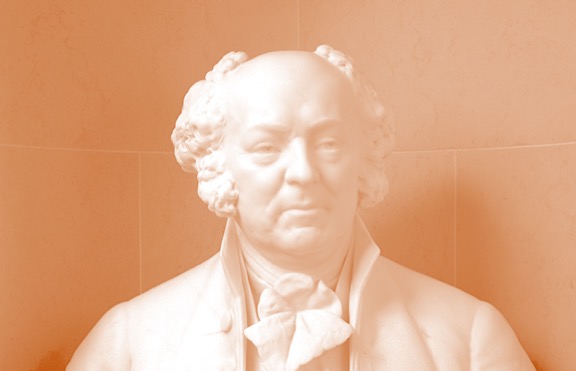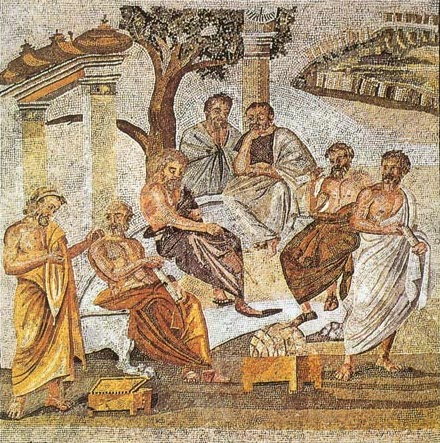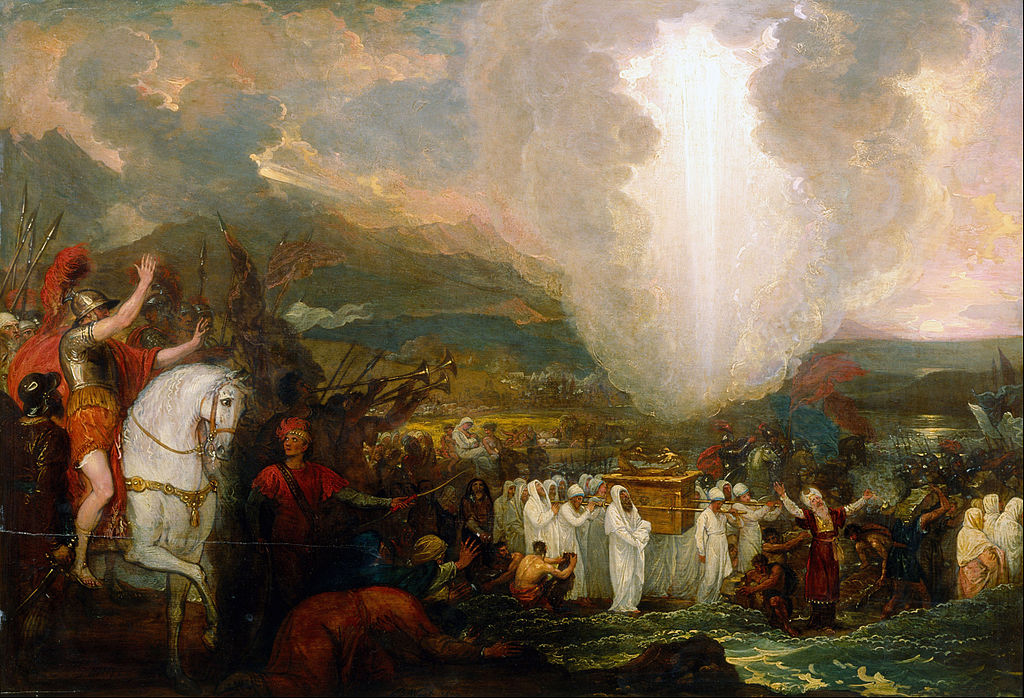Part II: Honor and self-constraint can stave off tyranny.
Monuments to Futility

What we create and what it says about us.
A civilization’s most enduring creations are a reflection of the beliefs, aspirations, and desires of those societies and their leaders. The Roman emperors built triumphal arches to commemorate their victories and symbolize the might of their empire. Medieval Europeans constructed massive and ornate cathedrals, demonstrating their devotion to their faith. In similar manner, what we build today demonstrates our beliefs and desires, what we remember, and what we look forward to.
Bland, Soulless Conformity
Most buildings we visit daily are built simply for their utility and functionality, nothing else. Our modern architecture takes no care to convey beauty, grandeur, or even to distinguish one place from another. Compare Trajan’s Market to the bazaar of Marrakesh. They both serve the same function, but each marketplace was and is uniquely characteristic of its city and culture. Now, compare a shopping center in Boston and Mesa; chances are there is nothing to distinguish them from each other, or any other shopping center across the nation. If you live in a modern housing development, there is likely nothing in your house’s design that distinguishes it from any other tract home. In fact, your Toll Brother’s home likely has innumerable exact copies throughout America. Even churches suffer from this blandness of style. The cathedrals and chapels of the past have been traded out for warehouses and old refurbished Blockbusters.
These buildings in which we spend our lives create a panorama of conformity that numbs the soul. If you’re the average middle-class citizen, every morning you likely drop your kids off at a drab-looking public school, and drive to your box-like office where you work from your cubicle. At the end of your day, you drive home through your tightly packed village of conformity and arrive home at your cookie-cutter house that is painted with nearly the same shade of beige as the rest of your neighborhood. You may never consciously think about the things you see, but day after day, they wear on you, lower your expectations, and condition you for conformity instead of individuality.
If the eyes are the windows to the soul, the things you look at affect what happens inside your soul. If practically everything you see is built only for utility, then you are subconsciously being trained to expect and desire only those things that satisfy physical needs. If nobody takes the time and effort to build things that inspire the soul, then the message is that the soul does not matter. You are constantly, though subtly, being taught that only the physical world matters, and nothing transcendent or eternal—truth, beauty, morality, love, etc.—is really that important.
Of course, this is already what our culture believes—an ideology which is both reflected in and reinforced by our architecture. The years of Covid made our society’s conformity and soullessness abundantly clear. Many people had no qualms about hiding their identities as individuals behind the cover of a mask. Our leaders in science, government, and in our churches emphasized the survival of the body as infinitely more important than the health of the soul. Nourishing the soul through a gathering with friends or a visit to church was discouraged or banned, because everyone’s priority was to “stay safe” (in a physical sense, of course).
Petty and Pathetic Dreams
Despite its soullessness, our society still has dreams and desires, and what we build reflects that. The massive wind farms that dominate many American plains, deserts, and hills destroy the many thousands of acres they are built on. Roads crisscross the area to enable trucks to service each unreliable turbine, killing wildlife habitats and vegetation, while birds are pulverized by the wind turbines when they get too close. The land is rendered unusable for any other purpose, and the view of the natural landscape is marred by miles of uniform ugly white towers with their spinning blades. All this is done in the name of saving the planet. Our energy planners think this ugliness will save the world.
California’s high speed rail project is already a monument to incompetency, corruption, and utopianism by out-of-touch politicians. Whether or not it ever reaches completion, the hulking tons of concrete spread out at great expense over pristine Central Valley farmland will long be a symbolic finger in the eye of California’s farmers. Instead of using the same concrete to build dams to provide water for parched farms, it goes to a dubious project meant to serve urban elites.
Disordered and Chaotic Lives
A society that mistakes ugliness for beauty will build ugly things. And thus, we get monstrosities like the Smithsonian’s African American history museum, as much a discredit to the people it is meant to memorialize as it is a blight on the classical style of the National Mall. Dark and oppressive, it looms over those who venture close. A society plunged in chaos and disorder will build disordered and chaotic buildings, and so we get buildings like the Denver Art Museum or the Seattle Central Library.
In every case, we have professional critics who line up to tell us that our eyes are lying to us. These buildings are inspiring and beautiful, they tell us. Much time and expense were put into erecting them, so they must tell us something profound. If we cannot see that, we are just too dumb to understand.
As is the case with many of our experts, these critics are wrong. They have been trained to see things that are simply not so, and they wish us to do the same. But your eyes and your common sense are not lying to you. These buildings are not beautiful or inspiring. They do have meaning, but not in the sense that the critics tell us. In a twisted and sad way, they unintentionally tell the truth about our times. We are willing to go to great effort and expense to create monuments to disorder, uselessness, and ugliness. At the same time, we are unwilling to put even a fraction of that effort and expense into making our everyday surroundings more meaningful and inspiring.
Our society may still be capable of sustaining the body, but we have completely neglected the soul. Unless we are capable of looking beyond the horizontal plane of our base needs and disordered desires to things transcendent and universal, we are condemned to live in a dull, meaningless, and chaotic world that is reflected back at us in the things we have created.
The American Mind presents a range of perspectives. Views are writers’ own and do not necessarily represent those of The Claremont Institute.
The American Mind is a publication of the Claremont Institute, a non-profit 501(c)(3) organization, dedicated to restoring the principles of the American Founding to their rightful, preeminent authority in our national life. Interested in supporting our work? Gifts to the Claremont Institute are tax-deductible.
On campus, today's forlorn meritocrats no longer believe what the apparatchiks are teaching them.






